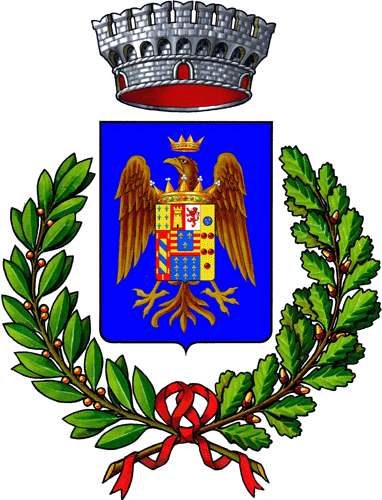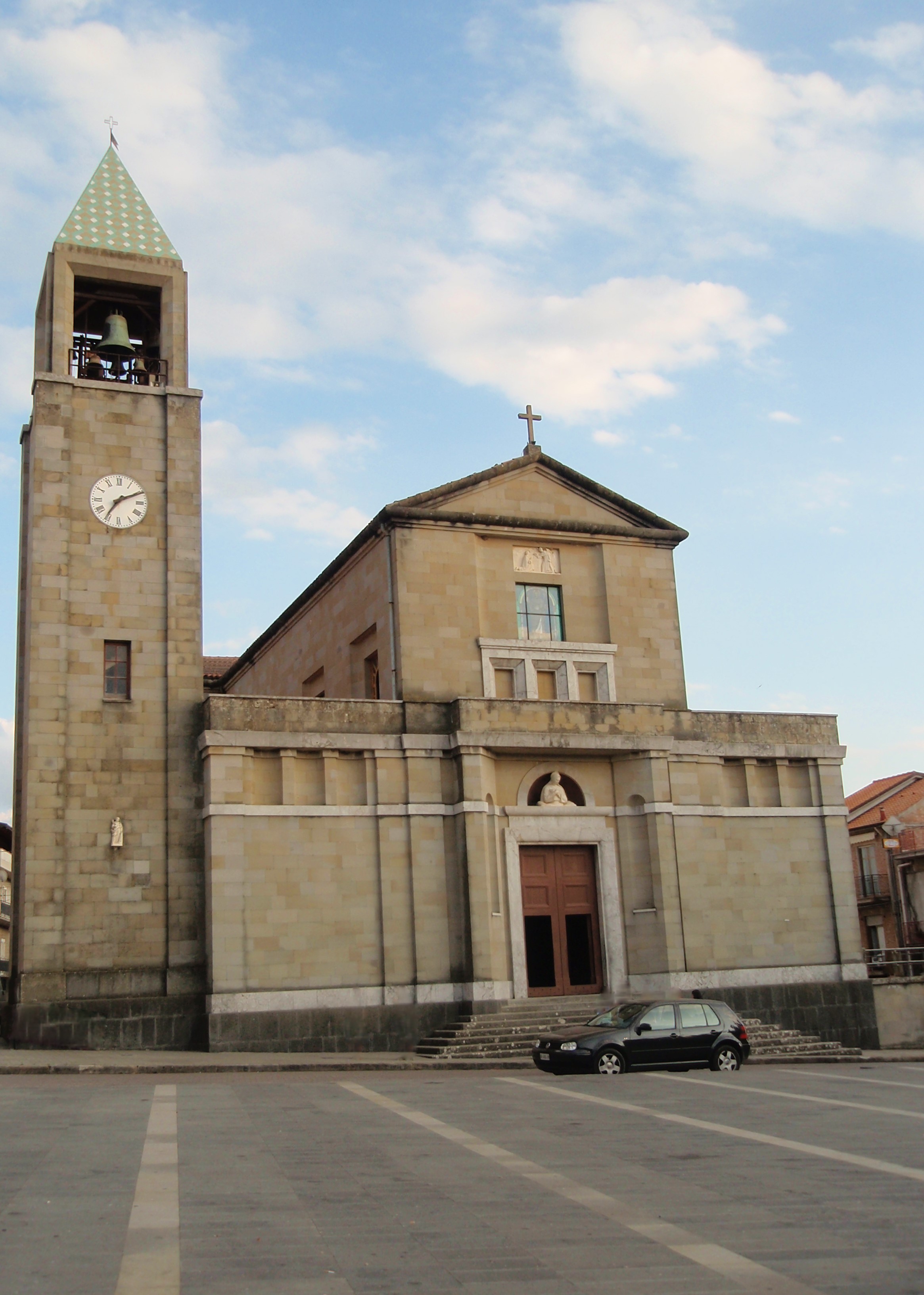

Il Paese sorge in una zona collinare a circa 600 metri sul livello del mare.
Il primo insediamento, chiamato Castania, fu completamente distrutto da una frana e la fondazione del nuovo centro avvenne per accogliere i superstiti.
Il suo nome è una esplicita dedica al principe Umberto I, ma le origini del Borgo sono da individuare nei fondatori, troiani capeggiati da Enea, ma la mancanza di valide informazioni rende le varie ipotesi avvolte da una sorta di mistero. Certamente sono da considerare fattibili, dal Medioevo in poi, il susseguirsi di conquiste e dominazioni fino ad arrivare ai Tornabene e i Sollima, che resero Castell’Umberto una sorta di città giardino, ricca di aree verdi e zone che hanno conservato l’aspetto medievale.
È un Comune a prevalenza agricola – artigianale, con prodotti tipici come le olive, le nocciole, gli agrumi.
Interessanti anche le sculture in marmo e pietra realizzati dagli artigiani del luogo.
Centro del Paese è Piazza IV Novembre, con la sua Chiesa Madre, che conserva al suo interno due statue del Gagini. Un altro prezioso edificio di notevole interesse è Villa Sandro Pertini vicino al Parco Delle Rimembranze, il Castello Normanno e la Chiesa di San Francesco.
Anche le chiese di Santa Croce e Maria SS Annunziata si fanno ammirare per l’estetica e ciò che è conservato all’interno. Nella parte antica abbiamo il Castello Bizantino, la Chiesa Di Santa Barbara e lo splendido Convento Domenicano; ricca di affreschi si presenta la chiesa di San Francesco.
Poco lontano: “U Chiannu a Vicciria” luogo di aggregazione e vendita di mercanzia.
Lasciandosi alle spalle il centro abitato si raggiunge il Parco Ecologico di Piano Collura, un’oasi naturalistica.
Con il palio di San Martino che si svolge a novembre, il borgo diventa il centro delle tipicità sicule e si offre come luogo suggestivo come antica atmosfera e gradevoli prelibatezze.
LINK: COMUNE DI CASTELL'UMBERTO
(English)
MUNICIPALITY OF CASTELL'UMBERTO
The village is located in a hilly area about 600 meters above sea level.
The first settlement, called Castania, was completely destroyed by a landslide and the foundation of the new center took place to accommodate the survivors.
Its name is an explicit dedication to Prince Umberto I. The origins of the village are identifiable in the founders, Trojans led by Enea, but the lack of valid information make the various hypotheses shrouded in a sort of mistery. Certainly it's believable from the Middle Ages onwards that the succession of conquests and dominations until the Tornabene and the Sollima, wich made Castell’Umberto like a garden city, rich in green areas and zones that have preserved the medieval appearance.
It is an agricultural and artisanal municipality, with typical products such as olives, hazelnuts, citrus.
Marble and stone sculptures made by local artisans are also interesting.
The center of the village is IV Novembre Square with its Mother Church, which preserves two statues by Gagini. Another precious building of great interest is Sandro Pertini Villa near the Remembrance Park, the Norman Castle and the Church of St. Francis.
Also the churches of Santa Croce and Maria Ss. Annunziata are to be admired for their aesthetics and for what is stored within them. In the ancient side of the town we can admire the Byzantine Castle, the Church of St. Barbara and the beautiful Dominican Convent, Church of St. Francis rich in frescoes.
Not far away “U Chiannu a Vicciria” place of aggregation and sale of merchandise.
Leaving behind the town you reach the Ecological Park of Piano Collura, a natural oasis.
With the Palio di San Martino that takes place in November, the village becomes the center of the typical Sicilian and offers itself as a charming place of ancient atmosphere and of pleasant delicacies.
LINK: MUNICIPALITY OF CASTELL'UMBERTO